Keynote and Invited Speakers
We are very proud to announce our confirmed Keynote and Invited Speakers:
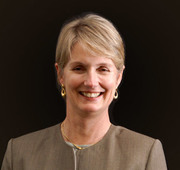 |
| Katherine Woodthorpe |
|
Katherine Woodthorpe is an experienced non-exec Director, serving on boards ranging from ASX listed companies to research institutions and government entities for over 17 years. She currently serves on six boards as well as an adviser to others and as a Council member of the AICD. |
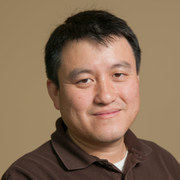 |
| Shanhui Fan |
|
Shanhui Fan is an Associate Professor of Electrical Engineering at the Stanford University. He received his Ph.D. in 1997 in theoretical condensed matter physics from the Massachusetts Institute of Technology (MIT), and was a research scientist at the Research Laboratory of Electronics at MIT prior to his appointment at Stanford. His research interests are in computational and theoretical studies of solid state and photonic structures and devices, especially photonic crystals, plasmonics, and meta-materials. |
 |
| Dirk Englund |
|
Dirk Englund received his BS in Physics from Caltech in 2002. Following a Fulbright year at TU Eindhoven, he earned an MS in electrical engineering and a PhD in Applied Physics in 2008, both from Stanford University. He was a postdoctoral fellow at Harvard University until 2010, when he started his group as Assistant Professor of Electrical Engineering and of Applied Physics at Columbia University. In 2013, he joined the faculty of MIT's Department of Electrical Engineering and Computer Science. Dirk's research focuses on quantum technologies based on semiconductor and optical systems. Recent recognitions include the 2011 Presidential Early Career Award for Scientists and Engineers, the 2011 Sloan Research Fellowship in Physics, the 2012 DARPA Young Faculty Award, the 2012 IBM Faculty Award, and an 2016 R&D100 Award, R&D's Magazine's award for the 100 best technologies of the year. |
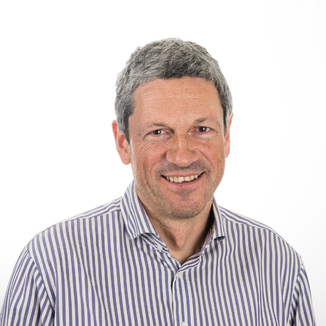 |
| Thomas Krauss |
|
Thomas Krauss is a full professor at the University of York, UK, where he leads the Photonics research group and the cleanroom facility in the York Nanocentre. He has published 280 refereed journal articles, with 12000 lifetime citations and an “h” factor of 59, as well as 5 patents. His expertise is in the design and fabrication of photonic crystals and photonic nanostructures where he has made pivotal contributions that turned photonic crystals from an academic curiosity into the ubiquitous concept in Photonics that they are today. Professor Krauss is a Fellow of the Institute of Physics, the Royal Society of Edinburgh and the Optical Society. In 2015, he was awarded a Royal Society Wolfson Merit Award. At York, he was recently appointed Strategy Champion “Technologies for the Future” with the remit to enhance technology research university-wide. |
 |
| Steve Frisken |
| Steve Frisken is a serial technology entrepreneur and inventor. Steve has founded several successful start-ups in optical communications and medical imaging and holds over 25 granted US patents. He is most recognised for his invention of the Dynamic Wavelength Processor, which was commercialised by Engana and later acquired by Finisar Corp. These products have helped to shape the evolution of Flexible Grid optical WDM optical transport networks. His latest venture Cylite is developing a Hyper-parallel Optical Coherence Tomography imaging and metrology platform with initial applications in the Ophthalmology. |
 |
| Martin Booth |
| Martin Booth is a Professor of Engineering Science and is based jointly in the Department of Engineering Science and the Centre for Neural Circuits and Behaviour, at the University of Oxford, UK. He is also a Guest Professor at the University of Erlangen-Nürnberg, Germany. His research interests cover methods and applications of dynamic optics to a range of interdisciplinary applications. In particular, his work involves the development of adaptive optics for biomedical microscopy and laser-based nano-fabrication of photonic devices. Professor Booth read for a degree in Engineering Science at Hertford College, Oxford, from 1993-7. Following this he spent three months at the Max Planck Institute for Biophysical Chemistry in Goettingen, Germany, researching methods for multi-photon microscopy. His doctoral work in adaptive optics for confocal microscopy took place in the Department of Engineering Science at the University of Oxford from 1997-2001, during which time he was also a member of Jesus College. In 2001, Professor Booth was elected to a Junior Research Fellowship at Christ Church and in 2003 was appointed a Royal Academy of Engineering/EPSRC Research Fellow. In 2007 he was awarded a five-year EPSRC Advanced Research Fellowship and was concurrently elected to a Hugh Price Fellowship at Jesus College. He became Professor of Engineering Science in 2014. |
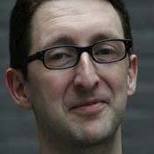 |
| Kobus Kuipers |
| Kobus Kuipers has a broad interest in light at the nanoscale. In recent years he has mainly focused on ultrafast nanophotonics and the vectorial nature of nanoscale light fields, incl. their magnetic field. The local topology of structured light at the nanoscale, incl. its optical singularities and their potential application to novel quantum technology, is a key current interest. Since November 2016 Kobus is a professor at Delft University of Technology and the head of the Quantum Nanoscience department of the Delft Kavli Institute of Nanoscience and the Faculty of Applied Sciences. Between 2006-2016 he was a scientific group leader and head of the Center for Nanophotonics at the FOM institute AMOLF. He currently also holds part-time professor appointments at the Universities of Twente and Utrecht. |
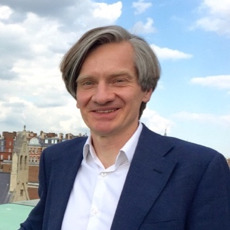 |
| Ortwin Hess |
| Ortwin Hess currently holds the Leverhulme Chair in Metamaterials in the Blackett Laboratory (Department of Physics) at Imperial College London. He obtained the PhD degree from the Technical University of Berlin (Germany) in 1993 and the Habilitation at the University of Stuttgart in 1997. From 2003 to 2010 he was professor at the University of Surrey (Guildford, UK) and visiting professor at Stanford University (1997/98) and at the Ludwig-Maximilians University of Munich (1999/2000). Ortwin’s research interests bridge theoretical condensed matter physics with photonics and are focused on light-matter interaction in nano-photonics, metamaterials and spatio-temporal nano-laser dynamics. He discovered the ‘trapped-rainbow’ principle, had the idea of stopped-light lasing and made defining contributions to the fields of spatio-temporal dynamics of semiconductor lasers, ultraslow light in metamaterials, complex quantum dot photonics and photonic crystals and strong coupling in nanoplasmonics. Ortwin pioneered active nanoplasmonics and optical metamaterials with quantum gain for which he has been awarded the 2016 Royal Society Rumford Medal. This medal is awarded for important discoveries in the field of thermal or optical properties of matter and their applications. Notable recipients include Faraday, Pasteur, Maxwell, Kirchhoff, Lorentz, Lord Rayleigh, Bragg, Paschen and Debye. |
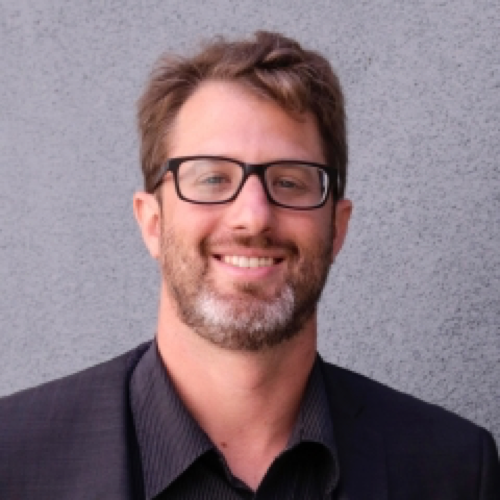 |
| Jon Schuller |
| Jon Schuller is currently Assistant Professor in the Electrical and Computer Engineering Department at the University of California, Santa Barbara. He graduated from the Physics department at UC Santa Barbara in 2003. Afterwards, he joined the Applied Physics department at Stanford University where he received his PhD working with Professor Mark Brongersma. There, his research interests comprised nanophotonics, plasmonics, metamaterials, and IR spectroscopy. After graduating in 2009, he took a position as a Fellow of the Energy Frontier Research Center, where he applied nanophotonics concepts and techniques towards the fundamental study of solar cell materials and optics. In 2012 he joined the ECE department as Assistant Professor. |
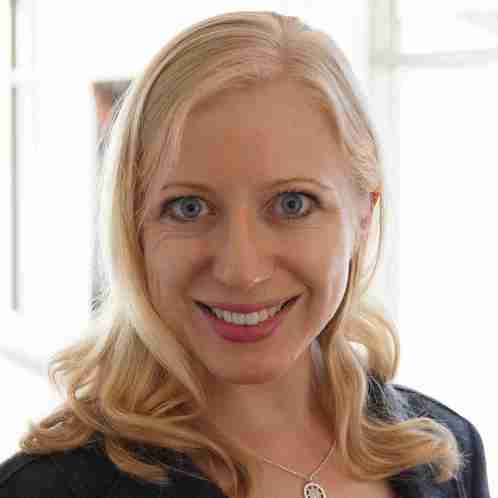 |
| Isabelle Staude |
| Isabelle Staude leads an Emmy Noether group at the Institute of Applied Physics and the Abbe Center of Photonics at the Friedrich Schiller University Jena. Her group is dedicated to experimental research on functional photonic nanostructures. Before moving to Jena in July 2015, she coordinated the experimental activities on optical nanoantennas at the Nonlinear Physics Centre, Australian National University, where she also served the nanoplasmonics stream in the Australian Centre of Excellence CUDOS as deputy project leader. She received her doctoral degree in Physics from the Karlsruhe Institute of Technology, Germany. |
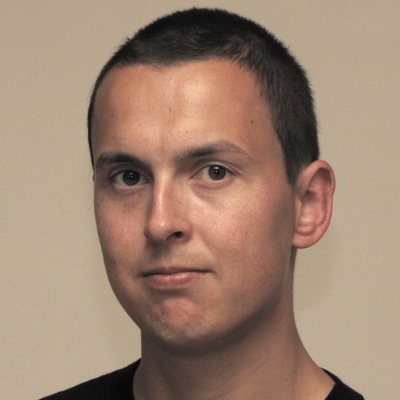 |
| Wim Bogaerts |
| Wim Bogaerts is professor in the Photonics Research Group at Ghent University - imec. His research focuses on large-scale integration of silicon photonics, looking into new design methodologies and new scaling architectures and waveguide topologies. Wim Bogaerts did a PhD in the group of Professor Roel Baets, where he started up the activities in silicon photonics on imec’s 200mm CMOS pilot line, resulting in his PhD in 2004. The work on silicon fabrication technology, and the many collaborations with other research groups for joint fabrication planted the seed for the multi-project-wafer service ePIXfab. As a postdoc, Wim continued his silicon photonics activities in Ghent University and imec. As the technology development gained more traction, he gradually shifted his research focus to the design challenges that come with silicon photonics: circuit complexity, tolerances, parasitics, verification and multiphysics. This led to the IPKISS photonic design tools. In June 2014, Wim co-founded Luceda Photonics, a spin-off company of Ghent University, IMEC and the University of Brussels (VUB). Luceda Photonics now further develops IPKISS and other software solutions for silicon photonics design. In October 2016, Wim left the thriving company and returned to his academic interests, supported by a Consolidator Grant of the European Research Council. His research focus now moves towards the operation of large-scale silicon photonic, where the combination of photonics, electronics and software leads to programmable and self-configuring photonic circuits. Aside his scientific interest, Wim is a strong believer in Lean and Agile methodologies, and actively explores how such methods, proven in the manufacturing and software industry, can benefit academic research. He also keeps a strong interest in telecommunications, information technology and applied sciences. He is a senior member of IEEE Photonics Society, and a member of the Optical Society of America (OSA) and SPIE. |
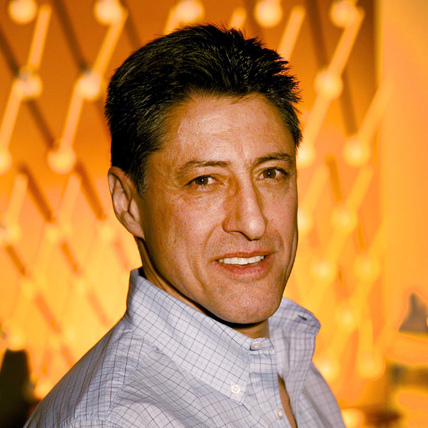 |
| Igal Brener |
| Igal Brener received the BSc degree in Electrical Engineering, the BA degree in Physics, and the DSc degree in Physics from the Technion - Israel Institute of Technology, Haifa, Israel, in 1983, 1983 and 1991, respectively. From 1983 to 1986 he worked for National Semiconductors in microprocessor VLSI design. He was with Bell Laboratories from 1991 until 2000, with Tellium Inc from 2000 until 2002, and with Praelux/Amersham Biosciences/GE Healthcare from 2003 until 2004. He joined Sandia National Laboratories, Albuquerque, NM, in 2004 where he is active in nanophotonics, THz science, optoelectronics and metamaterials. He currently holds a dual appointment as thrust leader for nanophotonics at the DOE Center for Integrated Nanotechnologies. He has authored more than 150 publications and proceedings, and has received 13 patents. Dr Brener is a fellow of the Optical Society of America, and has served in several conference committees (OSA, IEEE and SPIE) and government panels. |
 |
| John Sipe |
| John Sipe currently holds the position of Professor, Department of Physics at the University of Toronto and is a Partner Investigator in CUDOS. His expertise is in the areas of theoretical physics of quantum and nonlinear optics, optical and spin properties of semiconductors, and the optical properties of artificially structured materials. His current research focuses on coherent control and transport of carriers, spins, currents, and spin currents in bulk and nanostructure semiconductors: optical properties of ring resonators and other artificially structured materials, and their use in quantum and nonlinear optics; application of structures with optical resonances to problems in biosensing; foundational problems in quantum mechanics. |
 |
| Alexander Szameit |
| Alexander Szameit, born in 1979, studied physics, math and astronomy in Halle/Saale and Jena, Germany. In 2002 Alex Szameit visited the University of Hawaii as a guest astronomer, and in 2007 he worked as guest scientist at the Australian National University, Australia. He received his Diploma and his PhD in 2004 and 2007, respectively, from the University of Jena. From 2009 - 2011 he worked as a postdoctoral fellow at the Technion, Israel. From 2011-2016 he was assistant professor at the Friedrich-Schiller-University Jena, Germany. In December 2016, he was appointed Full Professor at the University of Rostock and holds the chair for Experimental Solid-State Optics. His work was awarded several times, in particular with the dissertation prize of the German Physical Society (2010), the Science Award of the German Society of Laser Technology (2012), the Adolph Lomb Medal of the Optical Society of America (2014) and the Rudolph Kaiser Award for experimental physics (2016). |
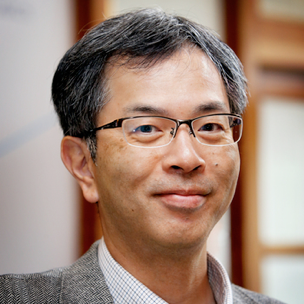 |
| Shu Namiki |
| Shu Namiki is the Director of Data Photonics Project Unit of the National Institute of Advanced Industrial Science and Technology (AIST), Tsukuba, Japan. He is also serving as Chair of the Executive Committee of a national project called “Vertically Integrated Center for Technologies of Optical Routing toward Ideal Energy Savings (VICTORIES)” in collaboration with ten telecom-related companies, and Chair of Photonics Engineering Innovation Consortium (PHOENICS) aiming at establishing an eco-system for photonics. He was previously a Principal Research Scientist at Furukawa Electric Co. Ltd., where he developed award-winning high-power pump lasers, and patented multi-wavelength-pumped fiber Raman amplifiers. From 1994 to 1997, he was a Visiting Scientist at the Massachusetts Institute of Technology, Cambridge, where he studied mode-locked fiber lasers and ultra-short pulses in fiber. His current research interests include software defined dynamic optical path networking and their enabling devices such as nonlinear fiber-optics and silicon photonics. He has co-authored more than 450 conference presentations, papers, book chapters, articles, and patents. Dr. Namiki is a Fellow of OSA and IEEE Photonics Society and Communications Society, and a member of IEICE, JSAP. |
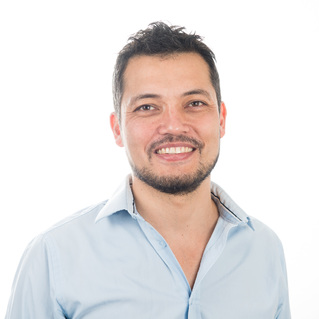 |
| Leif Katsuo Oxenløwe |
| Leif Katsuo Oxenløwe is the group leader of the High-Speed Optical Communications group at DTU Fotonik, Department of Photonics Engineering, at the Technical University of Denmark (DTU), and the Centre Leader of the Research Centre of Excellence SPOC (Silicon Photonics for Optical Communications) supported by the Danish National Research Foundation. He is the recipient of a Top-Researcher grant from the Danish Research Council (DFF) for the project NANO-SPECs. He is also the recipient of a European Research Council grant (project SOCRATES) focusing on the use of ultra-high-speed serial data for Ethernet networks, and he is involved in several other national and international projects exploring nonlinear optics in fibres and devices for optical signal processing. He has authored or co-authored more than 280 peer reviewed publications, including 15 postdeadline papers at major conferences, 5 book chapters and he holds 7 patents. In 2009 he was awarded the Elektropris from Elektrofondet, and he has received 4 best paper awards. He received the BSc degree in physics and astronomy from the Niels Bohr Institute, University of Copenhagen, Denmark in 1996. In 1998 he received the International Diploma of Imperial College, London, UK and the MSc degree from the University of Copenhagen. He received the PhD degree in 2002 from DTU and is since 2009 Professor of Photonic Communication Technologies. |


